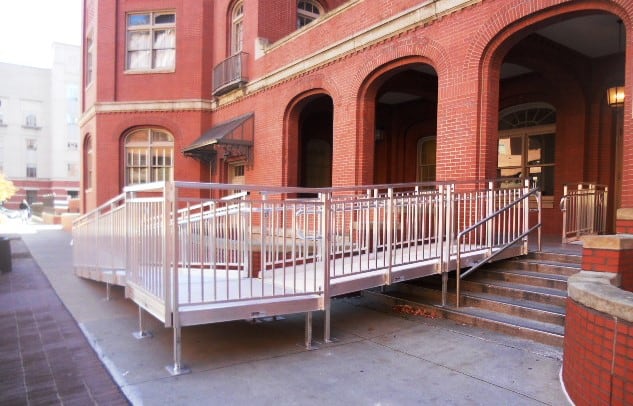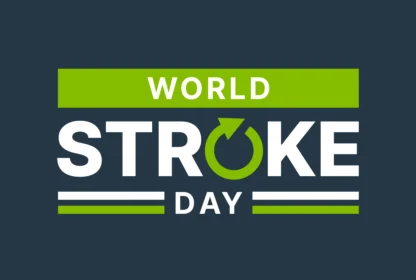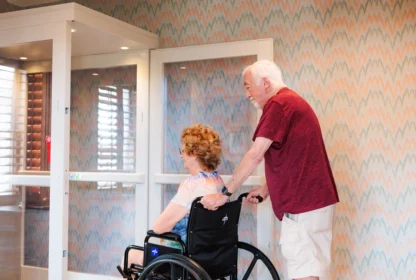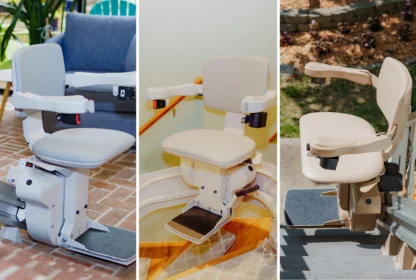
Universal design and aging in place: these industry buzz words are the signs of the times. Though there is still progress to be made, it seems that builders, designers, architects, and planners are recognizing the importance of creating accessible spaces for people of all ages and abilities.
We can all contribute to an age-friendly, disability-inclusive community, whether we’re builders or not. What does an age-friendly, disability-inclusive community look like? Here are a few features, compliments of this checklist from the World Health Organization (WHO):
-
non-slip pavements that are free of barriers, reserved for pedestrians, and wide enough for wheelchairs (with dropped curbs to the road)
-
adequate signage outside and inside of public buildings; visible and well-placed traffic signs and intersections
-
accessible elevators, ramps, railings, stairs, and non-slip floors
-
specialized transportation options for seniors and people with disabilities
-
sufficient street lighting, police patrols, and community education to support outdoor safety
-
in homes and buildings, interior spaces, and level surfaces that allow freedom of movement in all rooms and passageways
Review the rest of the 4-page checklist here.
From the small changes to the great, consider these suggestions for making your home, office, church or business age-friendly and disability-inclusive:
-
Install grab bars in residential and business bathrooms.
-
Create at least one no-step entry into the home or building.
-
Make sure every room, hallway, entryway, and exit is well-lit.
-
Swap round/twist-turn door knobs and handles for lever-style handles on doors and sinks. Automatic door openers may also be a good solution.
-
Install flooring made of non-slip, non-skid materials — or use non-slip coatings on floors — throughout the home or building.
-
Remove or adequately secure loose rugs and carpets so that individuals using mobility equipment (wheelchairs, power scooters, walkers, canes, etc.) can move with ease.
-
Install stairlifts or eliminate the need for using the stairs if possible.
For more specifics, check out this list of 2010 ADA standards for accessible design.
Also, watch and learn from aging in place experts Louis Tennebaum and Patrick Roden share tips on adjusting your home to accommodate people of all ages and abilities:
Want to speak with a professional about integrating one or several of these items in your home, work or community space? Reach out to the 101 Mobility serving your city/state: start here.


